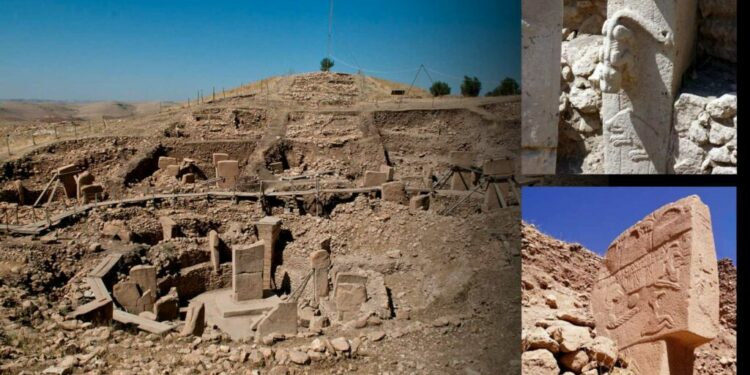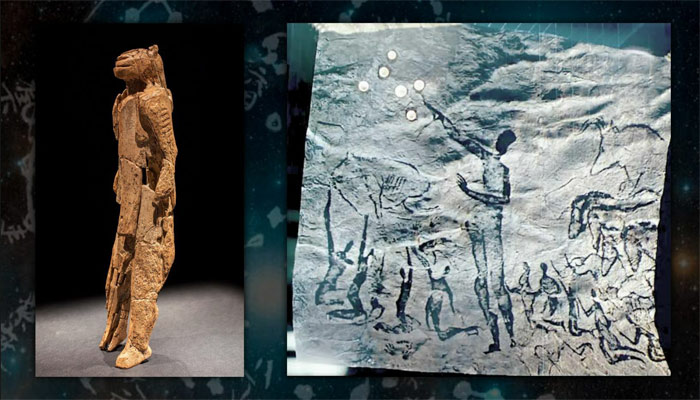In 2008, a scientific study revealed an astonishing fact about the paleolithic humans ― several cave paintings, some of which were as old as 40,000 years, were products of complex astronomy that our primitive ancestors acquired in the distant past.
Experts have revealed that the ancient star maps, which were once thought to represent prehistoric animals, are actually ancient paintings.
Cave art from the early days of human civilization shows that they had a good understanding of the night sky during the last ice age. They were intellectually no different from us today. These cave paintings showed that humans knew more about constellations and stars than they do today, and were able to use this knowledge to their advantage over 40,000 years ago.
The Paleolithic Age also called the Old Stone Age ― was a period in prehistory distinguished by the original development of stone tools that covers almost 99% of the period of human technological prehistory.
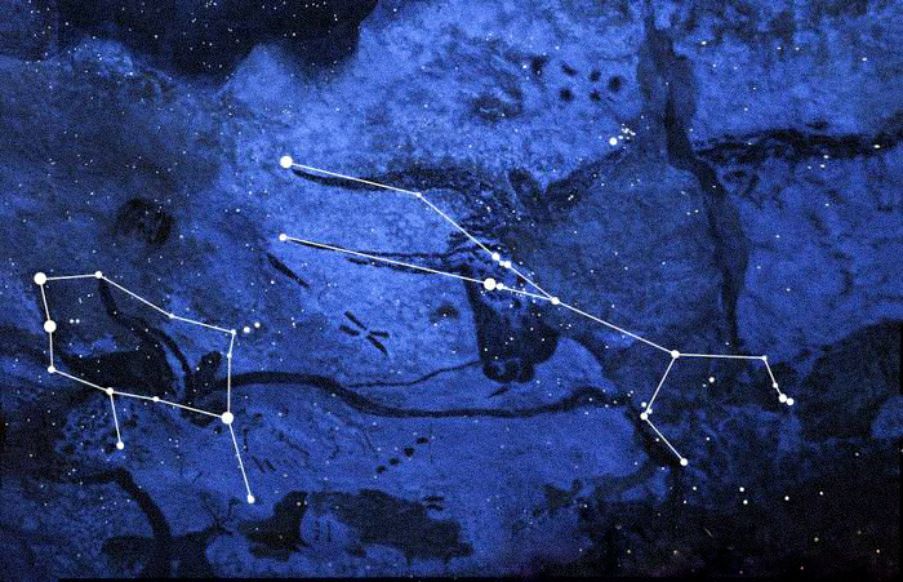
University of Edinburgh’s groundbreaking scientific study has shown that ancient humans were able to control the passage of time by studying how stars position themselves in the sky. The ancient works of art that are found throughout Europe do not represent wild animals, as previously believed.
Animal symbols are used instead to represent constellations of stars in the night sky. They can be used to indicate dates and mark events such as eclipses, meteor showers, or asteroid collisions.
Scientists suggest that ancient peoples perfectly understood the effect caused by the gradual change in the Earth’s axis of rotation. The precession of the equinoxes was originally credited to the ancient Greeks for the discovery of this phenomenon.
One of the lead researchers, Dr. Martin Sweatman from the University of Edinburgh, explained, “Early cave art shows that people had advanced knowledge of the night sky in the last ice age. They were intellectually no different from us today. These findings support a theory of multiple impacts of comets throughout human development and are likely to revolutionize the way prehistoric populations are viewed.”
Sophisticated knowledge of constellations
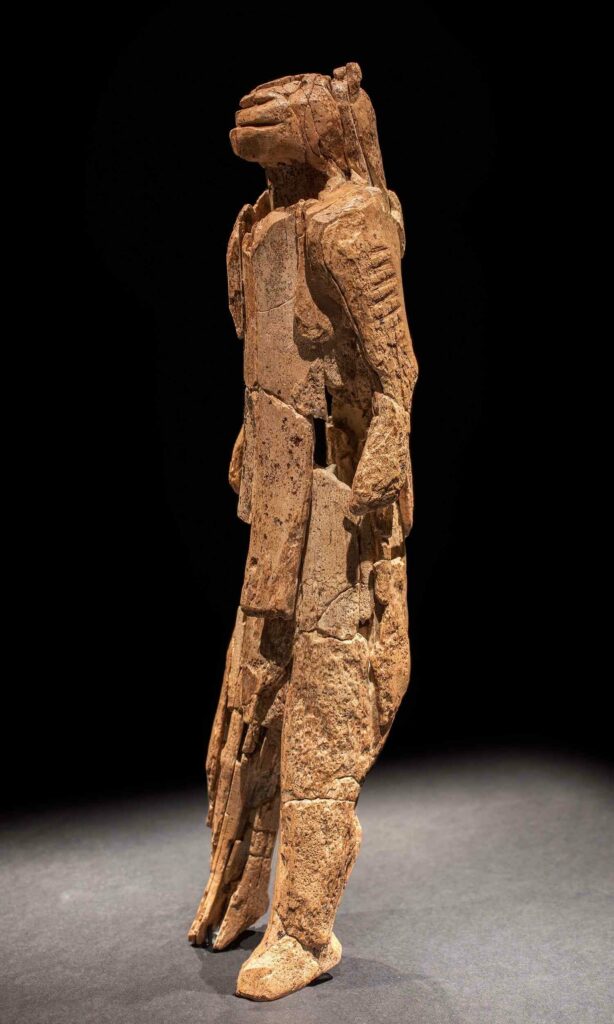
The researchers then used computer software to predict the exact position of the stars at the time the paintings were created. This showed that even abstract representations and images of animals may possibly be interpreted as constellations from the distant past.
Scientists conclude that these amazing cave paintings show that ancient humans employed sophisticated timing techniques based on astronomical calculations. Even though the cave paintings were separated over thousands of years, this is all that was revealed.
“The oldest sculpture in the world, the Lion-Man from the Hohlenstein-Stadel cave, from 38,000 BC, was also considered compatible with this ancient timing system,” revealed experts in a statement from the University of Edinburgh.
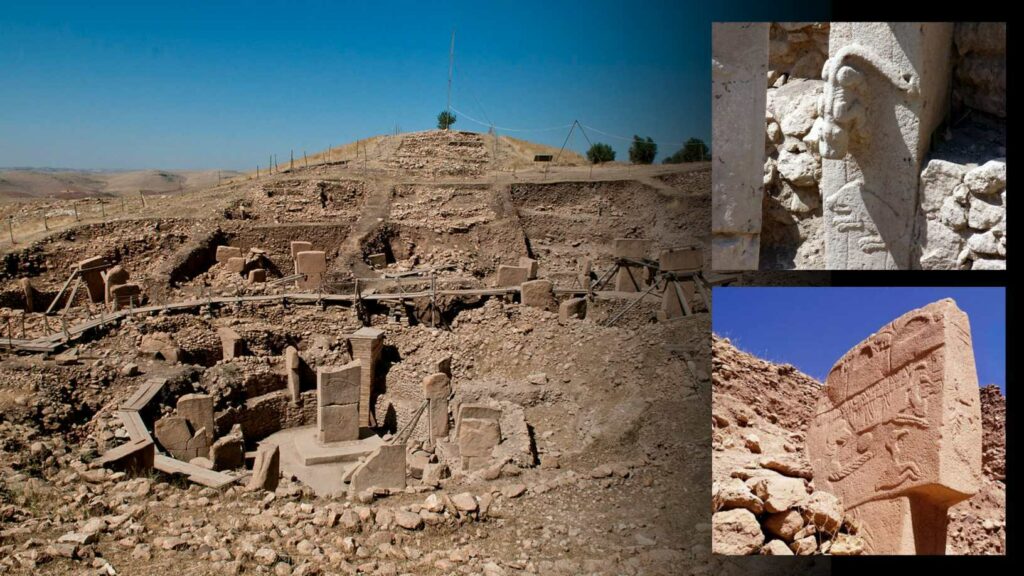
“The date carved in the ‘Vulture Stone of Göbekli Tepe is interpreted as being 10,950 BC, within 250 years,” explained the scientists in the study. “This date is written using the precession of the equinoxes, with animal symbols representing stellar constellations corresponding to this year’s four solstices and equinoxes.”
This amazing discovery proves that humans understood time and space thousands of years before the ancient Greeks, who were the ones who first studied modern astronomy. These and many other examples, including the Sumerian Planisphere (the Nebra Sky Disk), Babylonian Clay Tablet, and others, suggest a deeper understanding of modern Astronomy than what our ancient ancestors have.

